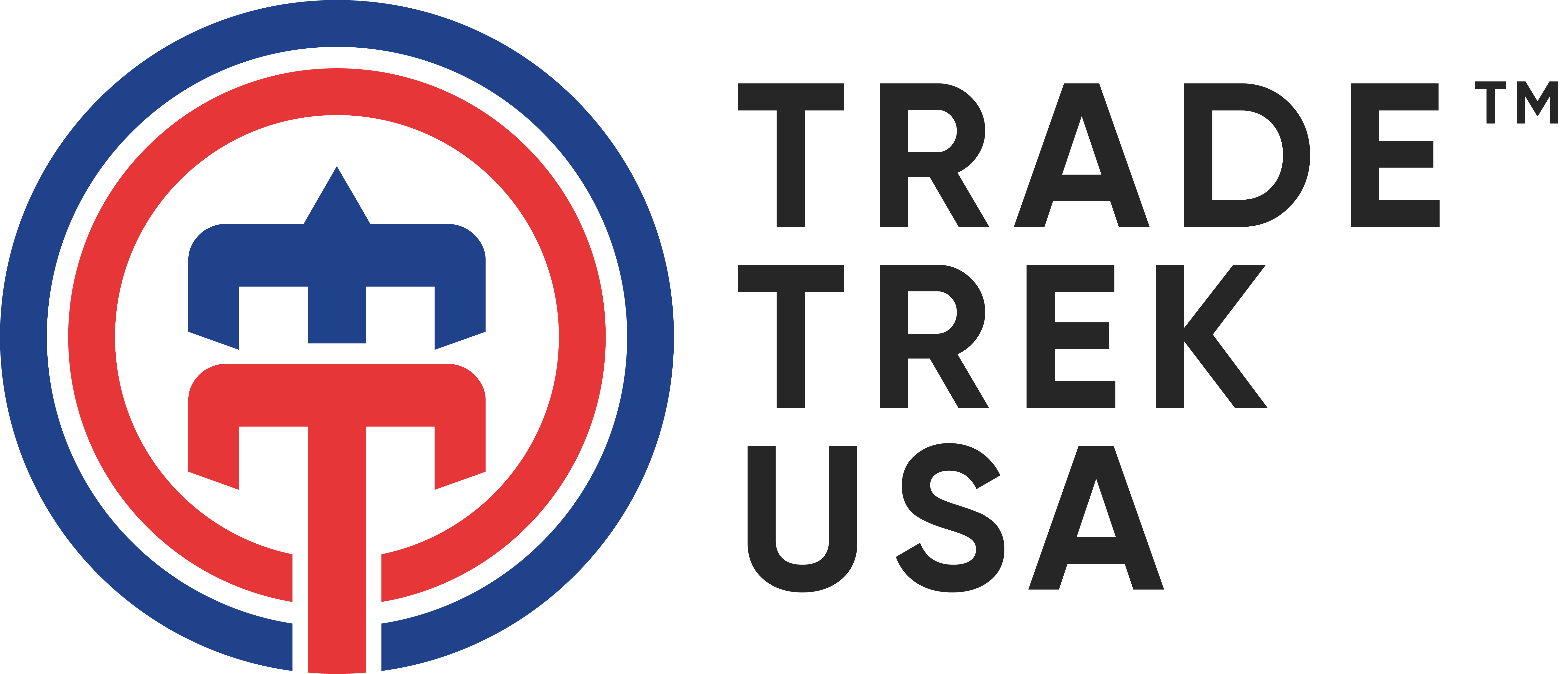Entering the US market is a significant milestone for any brand, but navigating the regulatory landscape can be daunting. The US has stringent requirements for imported products, and failing to meet these standards can lead to delays, fines, or even a ban on sales. Here’s how to ensure compliance and set your brand up for success.
Why Compliance Matters
Compliance isn’t just about following the rules; it’s about building trust with regulators, retailers, and consumers. Meeting US regulations ensures:
- Legal operation of your business.
- Protection of your brand’s reputation.
- Consumer confidence in your product’s safety and quality.
Key Areas of Compliance
1. Licenses and Permits
Before entering the market, secure the appropriate licenses and permits for your product category. Depending on your industry, this might include:
- FDA (Food and Drug Administration): For food, beverages, cosmetics, and pharmaceuticals.
- USDA (United States Department of Agriculture): For agricultural products and meat.
- ATF (Bureau of Alcohol, Tobacco, Firearms and Explosives): For alcohol-related products.
2. Labeling Requirements
US consumers rely on product labels to make informed decisions. Ensure your labels comply with regulations, including:
- Accurate ingredient lists and nutritional information.
- Proper allergen declarations.
- Clear usage instructions and warnings, if applicable.
- English-language labeling or bilingual labeling where required.
3. Safety Standards
Safety is a top priority for US regulators. Your product must meet safety standards to avoid recalls or penalties. Key areas include:
- Material and chemical safety for consumer goods.
- Packaging standards to prevent contamination or injury.
- Testing certifications for electronics and mechanical products.
4. Import and Customs Regulations
Bringing your product into the US requires adherence to customs rules, including:
- Providing accurate documentation for tariffs and duties.
- Meeting country-of-origin marking requirements.
- Ensuring packaging is compliant with import standards.
How to Stay Ahead of Compliance Challenges
1. Engage Legal and Regulatory Experts
Partner with professionals who specialize in US compliance to:
- Interpret complex regulations.
- Navigate state-specific rules.
- Avoid costly mistakes and delays.
2. Stay Updated on Regulations
US laws and guidelines can change frequently. Subscribe to updates from regulatory bodies and industry associations to ensure your brand stays compliant.
3. Invest in Training
Educate your team on compliance requirements. This ensures everyone understands the importance of adhering to regulations and knows how to implement them.
4. Leverage Technology
Use software tools to manage compliance processes, track documentation, and monitor regulatory updates in real time.
Final Thoughts
Ensuring compliance with US regulations may seem complex, but it’s an essential step for building a successful and sustainable presence in the market. By prioritizing compliance, you’ll protect your brand’s reputation, gain consumer trust, and avoid unnecessary setbacks. With the right resources and expert guidance, navigating the US regulatory landscape can become a streamlined and manageable part of your market entry strategy.


